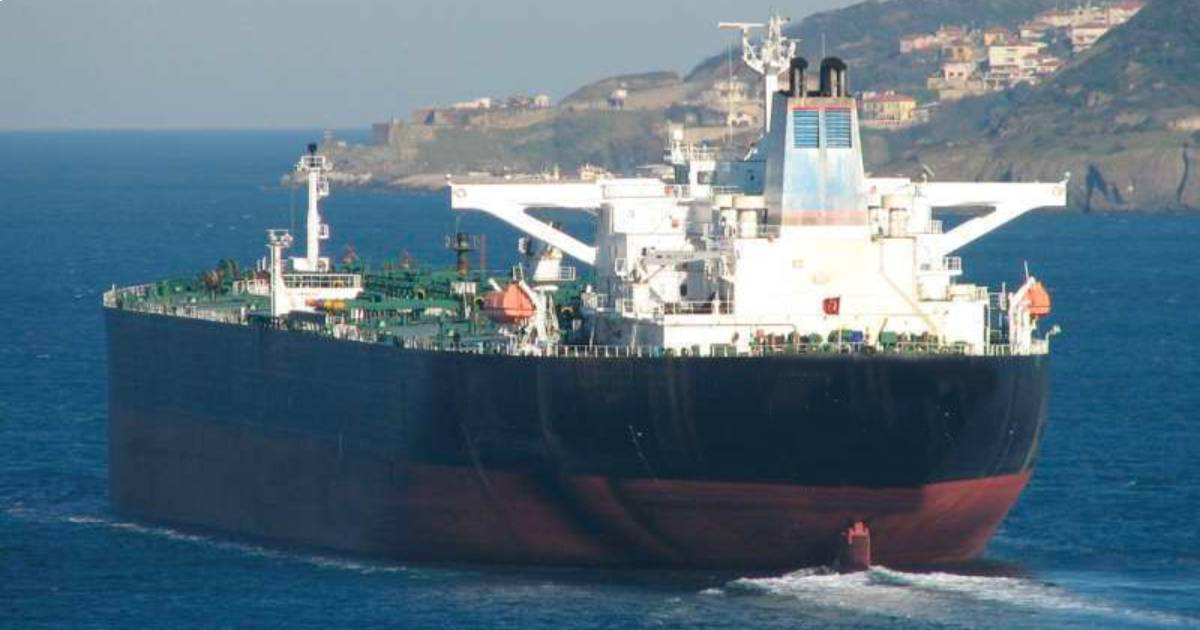The state-run Petróleos de Venezuela (PDVSA) has begun using "invisible" tankers—vessels that operate off the radar—to supply Cuba with oil. This shift comes in response to a reduction in the fleet of state-owned ships that have historically covered this route.
According to documents and ship tracking services accessed by Reuters, Cuba and Venezuela had relied exclusively on their own vessels for over a decade to transport oil between the two countries. However, maintenance delays have sidelined several ships. Additionally, the inclusion of Mexico as a new supplier to Cuba, utilizing some of the same tankers, has further decreased the availability of vessels to transport crude oil and fuel to the island.
The situation is further complicated by the fact that a significant portion of the fleets from Venezuela and Cuba are under U.S. sanctions, which restrict their travel. To circumvent these restrictions, tankers from the so-called "dark fleet" or "invisible fleet" operate through third parties, lack Western insurance, and falsify location signals to conceal their movements.
Since June, PDVSA has started shipping crude and fuel oil in parts, delivering a portion in Cuban waters and sending the remainder to destinations in Asia, according to maritime documents from the company. For instance, tankers alter their signals to appear as if they are in different parts of the Caribbean while unloading in Cuba, often through ship-to-ship transfers, as monitored by TankerTrackers.com and confirmed by satellite images from Planet Labs.
One such tanker, the Neptune 6 flying the Panamanian flag, was near the Bay of Nipe in Cuba last week, transferring Venezuelan heavy crude and fuel oil to the Esperanza, a Cuban-flagged vessel. However, documents and images analyzed by TankerTrackers.com showed that the Neptune 6's transmitter had been indicating a location north of Curaçao since late May, according to data from LSEG.
Neither PDVSA nor the foreign ministries of Venezuela and Cuba have commented on the matter, and it remains unclear whether the use of third-party vessels to supply Cuba is a temporary measure. The deployment of additional ships could boost the supply of Venezuelan oil to Cuba, which stands at around 27,000 barrels per day (bpd) this year, compared to 51,500 bpd during the same period in 2023.
This support is crucial as the demand for electricity, generated by oil-fueled plants, surges during the scorching Cuban summer. Power outages, once sporadic in Cuba, have become routine due to limitations in imported supply and logistical issues that complicate the distribution of fuel to the country's aging power plants. This results in public discontent and increased repression by the regime.
Cuban energy officials have indicated that workers are fine-tuning and maintaining power-generating plants ahead of the summer peak demand to manage public pressure.
Key Questions About Venezuela's Oil Shipments to Cuba
Below are some frequently asked questions and answers regarding the recent developments in Venezuela's oil shipments to Cuba using "invisible" tankers.
What are "invisible" tankers?
"Invisible" tankers are vessels that operate off the radar to avoid detection, often by falsifying location signals and lacking Western insurance.
Why is Venezuela using these tankers to supply Cuba?
Venezuela is using "invisible" tankers due to a reduction in the fleet of state-owned ships and to circumvent U.S. sanctions that restrict travel for many vessels.
How much oil is Venezuela currently supplying to Cuba?
Venezuela is currently supplying around 27,000 barrels per day (bpd) of oil to Cuba, down from 51,500 bpd during the same period in 2023.
